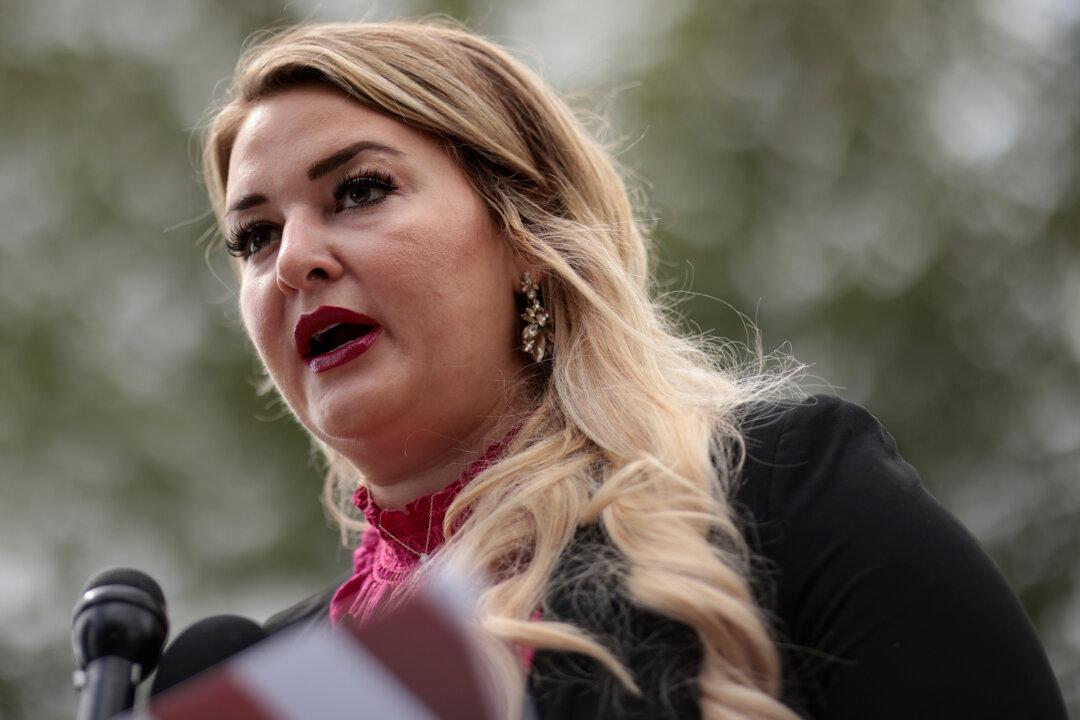It seems like everywhere we look, trust is breaking down. In the years I spent in trust-depleted villages as a Green Beret, this was something we had to contend with regularly as we worked to overcome trust gaps between tribes. Since I retired and started working with business leaders, I am seeing those same indicators of low trust—and you probably are too.
Recently, I was working with a company that was struggling with groups within their business that wouldn’t get along. They wouldn’t support each other, and certainly wouldn’t fight for each other. There was heavy tension between the groups and a complete lack of trust.






